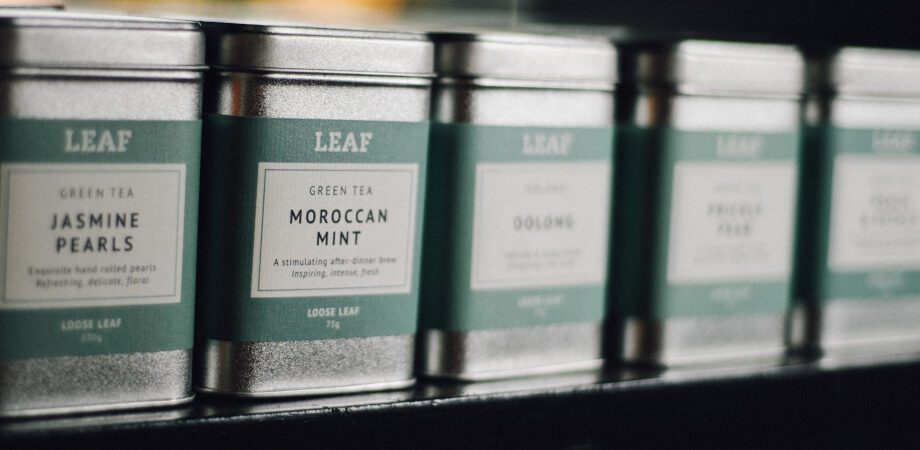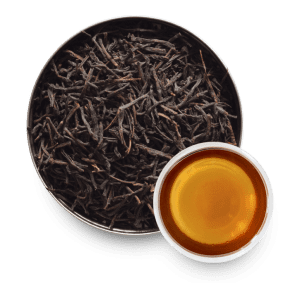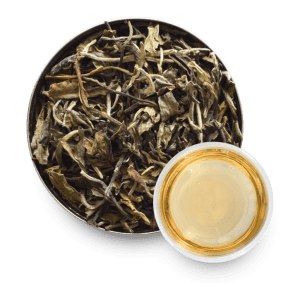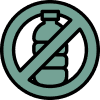
When it comes to tea, some like it hot, but how hot should it be?
Nobody likes a tepid tea but there is a balance to be achieved in order to create the perfect cuppa.
From flavour to structure, consistency and bitterness – the temperature of your tea will be the difference between a bad brew and the perfect pot.
WHY WATER TEMPERATURE MATTERS
When making a brew, the aim is to allow the water to seep into the tea leaves and bring out the flavours and nutrients that lie deep within.
And because the amino acids that give the tea its flavour will dissolve at lower temperatures than tannin, which often gives-off a bitter taste, tea made with boiling water will often be less sweet.
As a result, if you use boiling water it can increase the bitterness – so for some teas you should be aiming to use non-boiling water in order to ensure you get the best result.
It’s worth it too as, by perfecting the temperature of water for your loose tea, you’ll be able to capture the flavours you’ve come to expect.
WHAT IS THE PERFECT WATER TEMPERATURE FOR TEA?
Contrary to what you might have been told, there’s no one temperature that works for all tea blends and varieties.
When brewing with good leaf tea, it’s advised to have the water below boiling point and you can achieve this by stopping the kettle before it boils, letting the water reach boiling and then allowing it to cool or adding some cold water first.

– BLACK TEAS
Boiling water is good for black teas when you want to make them quickly and drink them hot and strong – like one of our breakfast teas.
Using high water temperature to get a thick, robust structure from black tea will mean that the infusion balances and blends with the sweetness of the milk.

– GREEN & WHITE TEAS
Green and white teas are lighter and more delicate in flavour than black teas meaning it is better to use water that is just below boiling point.
This means you’ll get less structure – the part of the drink which might feel astringent or even taste bitter.
That’s because too much structure means there’s not enough space in the cup for the fresh, green and grassy flavours, whereas a lower temperature leaves more room for the delicate flavours to be released.

– OOLONG TEA
If an oolong looks green in colour then you can assume it’ll be relatively light and so will need less than boiling water, rather like a Green Tea, so go for around 80 degrees.
More heavily oxidised oolongs are more similar to black tea and will have a richness to them, providing complex nutty, chocolatey notes – meaning that a higher water temperature of around 90 degrees can be used.
THE EASIEST WAY TO CONTROL THE TEMPERATURE OF THE WATER
Because of the accuracy and control they give, temperature-controlled kettles are the best way to control the temperature of the water, with many now measuring to within 1 degree.
However, if you don’t have a temperature-controlled kettle, the best and most simple method is to add cold water to the leaves before topping up with boiling water.
But remember, boiling water will cool by 10 degrees for every 10% of the water volume that’s added cold, so, to get 80°C water, use 20% cold water and 80% boiling, and so on.
WHAT WATER WORKS BEST FOR TEA?
Seeing as your tea is mostly water, the quality of the water that you use will affect the taste dramatically.
Hard water is often rich in minerals, so the compounds which give flavour in the tea will attach onto the minerals and you won’t get good flavour in your cup.
If your water is too soft, or has been filtered to remove the minerals, there is nothing for the compounds to attach to and so you’ll get a very weak and insipid cup.
Should you live somewhere with access to mountain spring water, household water filters work well for tea; but if you live in a hard water area, be sure to select a filter that includes a softener too.
TRY OUR RANGE OF LOOSE LEAF TEAS
If you’re keen to discover the many delights of loose leaf teas, we have a fantastic range for you to try.
Whether it’s our traditional or green variety, or perhaps one of the many flavoured options available, we believe that you’ll see why this is one of our most popular products.
You can find out more about our range of loose leaf tea products here https://leafteashop.co.uk/.




